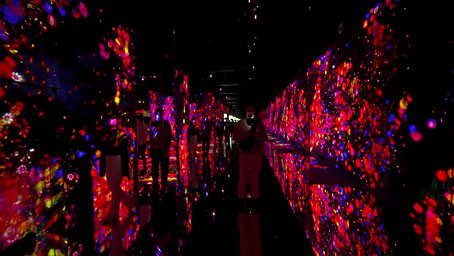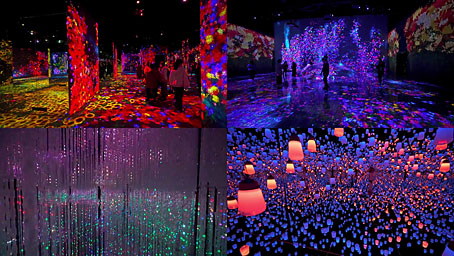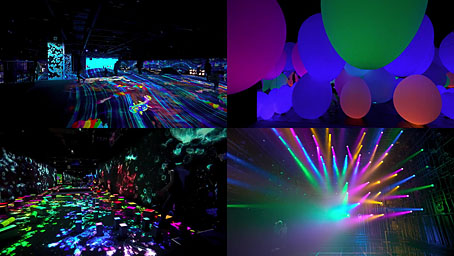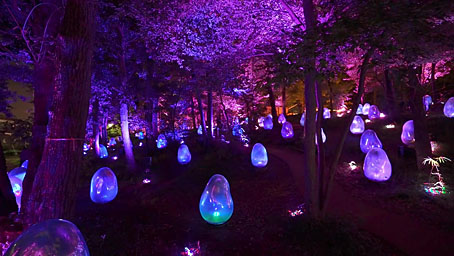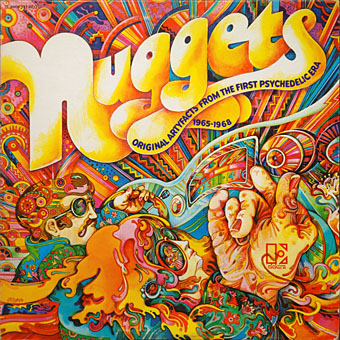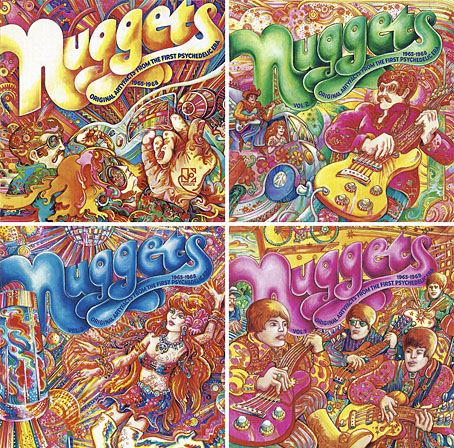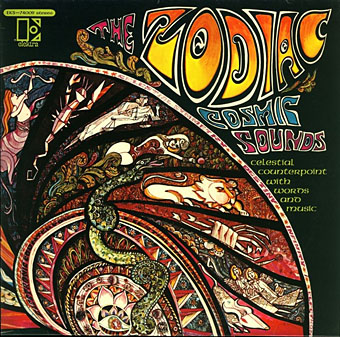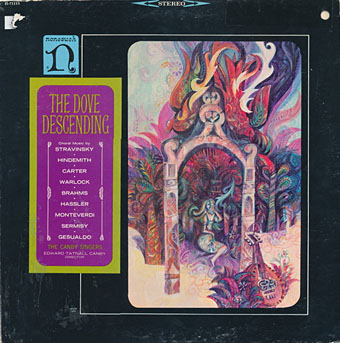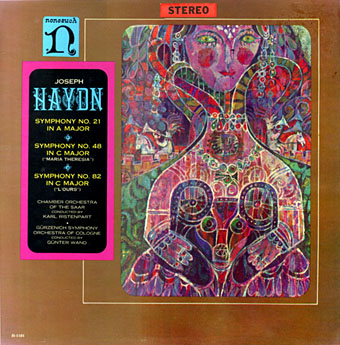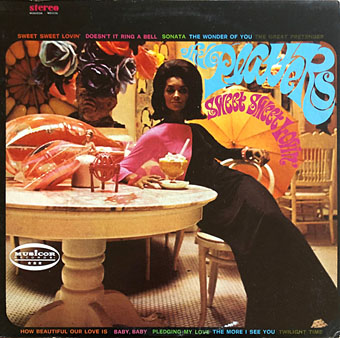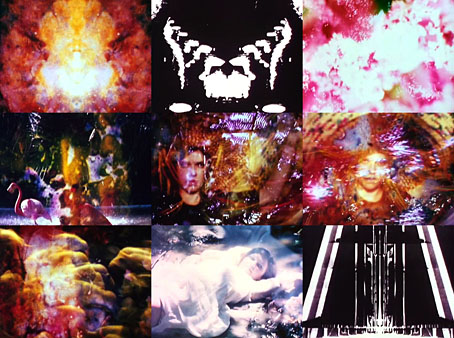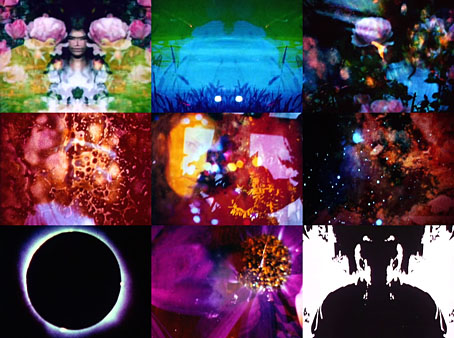One of the surprise pleasures of browsing Rambalac’s YouTube channel was finding two visits to his local teamLab exhibitions. teamLab is a Japan-based arts collective who use digital technology to create immersive artworks using light and sound. Rambalac’s main excursion takes you to teamLab Borderless in Odaiba, Tokyo*, a building-sized collection of the group’s past creations situated in interconnected rooms on two floors. As with other Rambalac videos, what you have here is one man wandering around the place with a camera, which in this case gives us the opportunity to see Borderless from a visitor’s point of view. teamLab also has its own YouTube channel but most of the videos there are promotional pieces, usually a few minutes in length and heavily-edited. Rambalac seldom edits his videos which generally run for an hour at a time.
The Borderless exhibits variously resemble nightclub interiors, Yayoi Kusama installations, theme-park attractions and psychedelic lightshows, with some of the larger, projection-filled areas giving the impression of walking around inside the DMT trip from Enter the Void. Kusama’s infinite mirror reflections are obvious precursors, especially in The Infinite Crystal Universe, a room containing a mass of illuminated cables running from mirrored floor to mirrored ceiling. The main difference, of course, is that Kusama’s installations are as static as most contemporary art, whereas teamLab’s creations are continually in flux. Some of the change relies on viewer participation; there are touch-sensitive surfaces and phone apps that allow visitors to adjust the parameters of specific works. It’s not all child-friendly psychedelia, at least at the conceptual level. The titles of some of the creations remind me of the portentous declarations favoured by Keiji Haino for his doom-laden recordings: Life is Flickering Light Floating in the Dark; Continuous Life and Death at the Now of Eternity; Massless Suns and Dark Spheres; Matter is Void…
I find all of this fascinating and exciting, it’s just a shame that you have to travel halfway around the world to see the things in person. teamLab does exhibit in other countries but to date most of their external work has been close to Japan. Some of the musical accompaniment at Borderless is overly dramatic for my tastes, like extracts from an anime soundtrack, but elsewhere the exhibits have their own brand of generative ambient music which in this context is genuinely ambient, not the diluted techno that we’ve been burdened with since the early 1990s. A good example of this is can be found in the other Rambalac video which visits Resonating Life in the Acorn Forest, an exhibit in a wooded park at Higashi-Tokorozawa.
In this installation the trees are lit with coloured lights controlled by the illuminated polythene blobs sitting beneath them. The blobs emit electronic chimes when touched; each chime affects the nearest blobs which in turn change the colours of the lights. An additional bonus in Rambalac’s video is the nocturnal chirping of cicadas. teamLab are big on rippling fluctuation, it’s a quality found in many of their other exhibits. The ripples have become physical in more recent exhibits which require visitors to get their feet wet. I’ve no idea how Living Crystallized Light has been created but whatever the technology behind it the end result is quite incredible.
I’m predisposed to enjoy this kind of thing when I’ve always liked art that involves coloured light and mirrors—I’ve a lot of time for the creations of James Turrell and Olafur Eliasson—but I’ve been wondering for a while now when we’d start to see the emergence of art that feels like it belongs in this century instead of yet more expensive (and inert) novelties sitting in blank-walled galleries. teamLab aren’t the only people using technology in this way, there’s an increasing overlap between art and sound among electronic musicians like Robert Henke and Ryoji Ikeda, while Brian Eno has been evolving his own abstract sound-and-light environments for many years. More like this, please.
* Borderless in Odaiba permanently closed in August but teamLab will be opening a similar venue in Toyko next year.
Previously on { feuilleton }
• Light Leaks
• Eno’s Luminous Opera House panorama
• Infinite reflections
• Yayoi Kusama
• Maximum Silence by Giancarlo Neri

